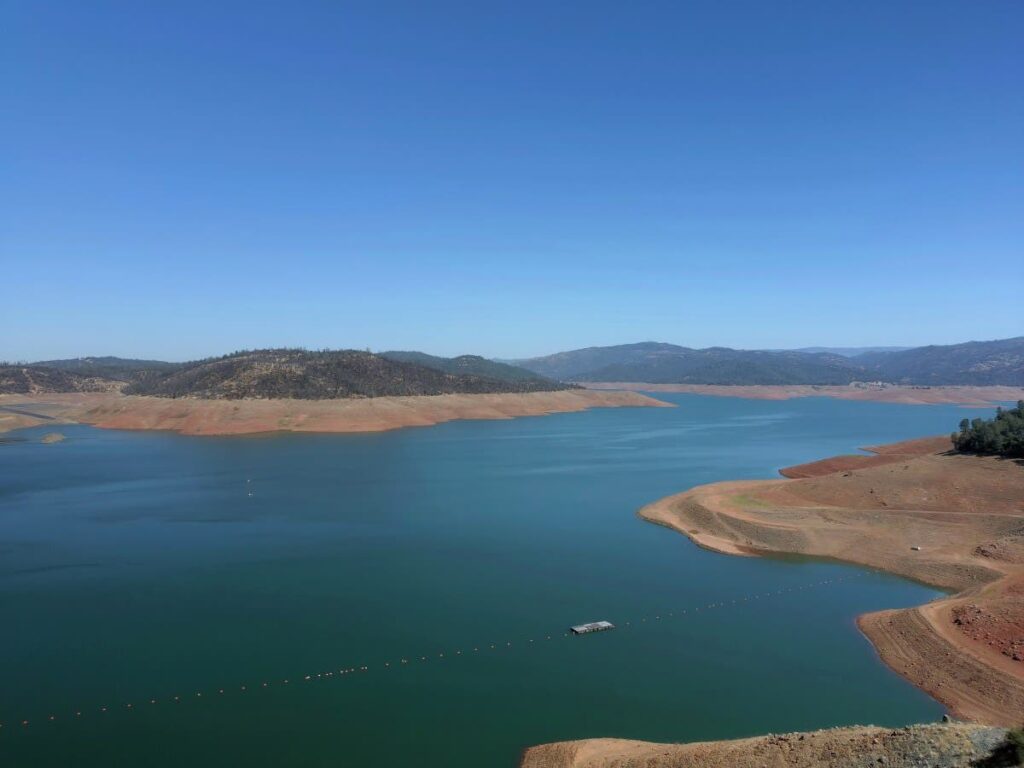California water officials are warning that the state “must be prepared for extreme weather events of all kinds,” even as water levels for the state’s reservoirs remain near or above average as the new water year began Wednesday.
Why It Matters
California is entering a new water year with the largest reservoir in the State Water Project (SWP), Lake Oroville, at 109 percent of average capacity. Despite this promising start, officials stress the ongoing threat posed by climate extremes driven by a warming atmosphere. The state faces the dual challenges of preparing for both drought and floods, as climate variability increases the frequency and severity of weather swings. Recent scientific outlooks warn of a likely La Niña event in the fall, which could deliver increased dryness but also the risk of intense storms and flooding. These dynamics underscore the importance of water management and emergency preparedness for communities across California.
“Lake Oroville’s current storage is 2,047,294 acre-feet, or 60 percent of its total storage capacity,” a spokesperson from California’s Department of Water Resources (DWR) told Newsweek. “At the start of the new water year (Oct. 1), the highest water storage level occurred in 2011 with 3,034,165 acre-feet. Most recently, water storage at Lake Oroville was at a similar, but slightly higher level at the start of the 2024 Water Year (October 1, 2023) at 2,587,306 acre-feet.”
What To Know
Earlier this week, DWR announced that Lake Oroville was at 109 percent of the historical average for this date. However, officials expressed caution, citing substantial uncertainty about coming winter conditions.
According to the National Oceanic and Atmospheric Administration’s (NOAA) Climate Prediction Center, there is a 71 percent chance of La Niña conditions developing in the fall, with the likelihood decreasing to 54 percent for the winter months. La Niña years have historically correlated with dry weather in California, but hotter conditions can also mean that precipitation arrives in the form of stronger, potentially hazardous storms, amplifying flood risks.
Last year, dry fall weather in Southern California played a role in fueling major fires, like the Eaton and Palisades blazes, only weeks before the state’s typical period of atmospheric river storm events. State agencies, including DWR, the Governor’s Office of Emergency Services, CAL FIRE, Caltrans, the California Geological Survey and the California Conservation Corps, undertook extensive missions to protect communities and water resources from wildfire and flood impacts. Crews worked continuously to prevent contaminants from entering rivers and local water supplies.
For the new water year, California’s flood operations teams will coordinate with local agencies and emergency responders to ensure preparedness. DWR has positioned over 4.3 million sandbags and nearly 200 containers of flood-mitigation equipment statewide for rapid deployment if necessary. This is part of an ongoing effort to manage the risks associated with severe weather swings.
Despite concerns of the coming season, many of California’s largest reservoirs are performing above average for this time of year. In addition to Lake Oroville exceeding 100 percent of its average capacity, New Bullards Bar Reservoir, Lake Camanche, New Melones Lake, Trinity Lake and others are also seeing above average capacity.
California’s official water year runs from October 1 to September 30. Residents and water managers can access real-time information about reservoir levels, precipitation, groundwater conditions and more at the state’s California Water Watch portal.
What People Are Saying
DWR Director Karla Nemeth, in a news release: “There is no such thing as a normal water year in California. Just in the past two winters, deceptively average rain and snowfall totals statewide masked the extremely dry conditions in Southern California that contributed to devastating fires as well as flood events across the state from powerful atmospheric river events. California must be ready to respond to emergencies from droughts to floods to fires.”
State Climatologist Dr. Michael Anderson, in a news release: “The past decade has clearly demonstrated the need to prepare for extremes. A dramatic flood year in 2023 was followed by two years with large spatial disparities. While our water supplies are in a good position heading into the new water year, we will be watching closely for dry and wet extreme conditions that can pose hazards statewide.”
What Happens Next
California typically sees wetter conditions during the winter months, with atmospheric river events common in Northern and Central California. Although these occurrences can improve water levels statewide, they also can trigger devastating damage from floods, mudslides and other threats. People across California are urged to remain vigilant and follow any local weather guidance.
Read the full article here














